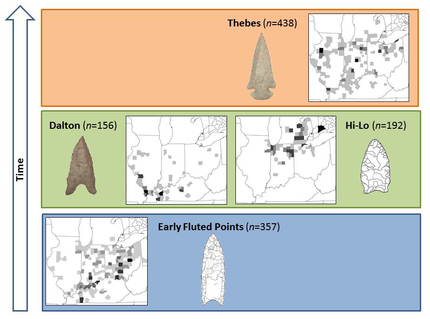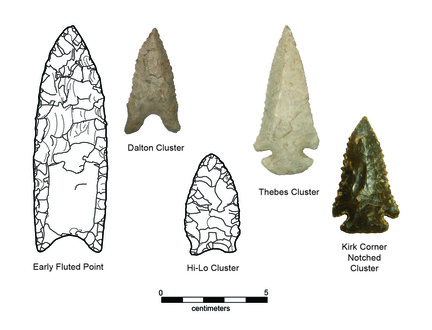I have accepted a position as a Research Archaeologist at the Illinois State Archaeological Survey starting in September. I'll write more about that after we get settled in Champaign-Urbana.
Deciding to leave South Carolina was neither simple nor easy. We've been here since the summer of 2015 and my wife and I have made significant personal and professional connections that we will miss. We love the kids' school, and it is a tough call to uproot them from everything that's familiar.
There are a lot of things about this place that I enjoy and will miss. I have several good colleagues at SCIAA and have really enjoyed working with students in the classroom and at field school. The archaeology here is fantastic and has been very good to me, as have those that have helped me with that archaeology along the way. The winter weather is great. The diversity of bird, insect, and reptile life is beautiful, as are the various cultural and natural landscapes of the state. I will miss being able to take day trips to the beach. I will miss the Columbia art scene which helped me turn a pastime into an emotionally satisfying and economically rewarding pursuit. I will miss all the good people that I've met, talked with, and worked with here: there are a lot.
But there are also a lot of things that I won't be sad to leave behind. First among them is the ridiculous political culture of this state: often corrupt, often mean, and in my opinion a great disservice to many of the citizens of South Carolina. The legacy of white supremacy upon which this state was founded continues to weigh the state down: look up state rankings for education, domestic violence, violence against women, etc. South Carolina's position is directly related to its history and culture, and many of its citizens in positions of power don't seem to be in any big hurry to work toward improvement. It appears to me, in fact, that the opposite is true. The conservative elements here would like to further roll back protections for those in our society that are already vulnerable: people of color, the poor, the LGBTQ community, etc.. That's a shame, and it's a real turn off to those of us that value diversity, equity, and inclusion.
I won't go into a long explanation of the various personal and professional factors that weighed into our decision. I will just say that this move includes opportunities that were never available to us here and will result in a situation that is better for our family in the long run. Packing up and moving sucks, but it's for the best. I look forward to writing about archaeology and other issues from my new location and with the perspective I have gained from living in the south for five years.







 RSS Feed
RSS Feed
